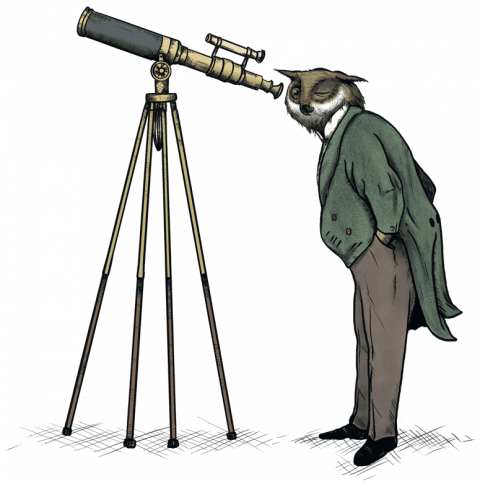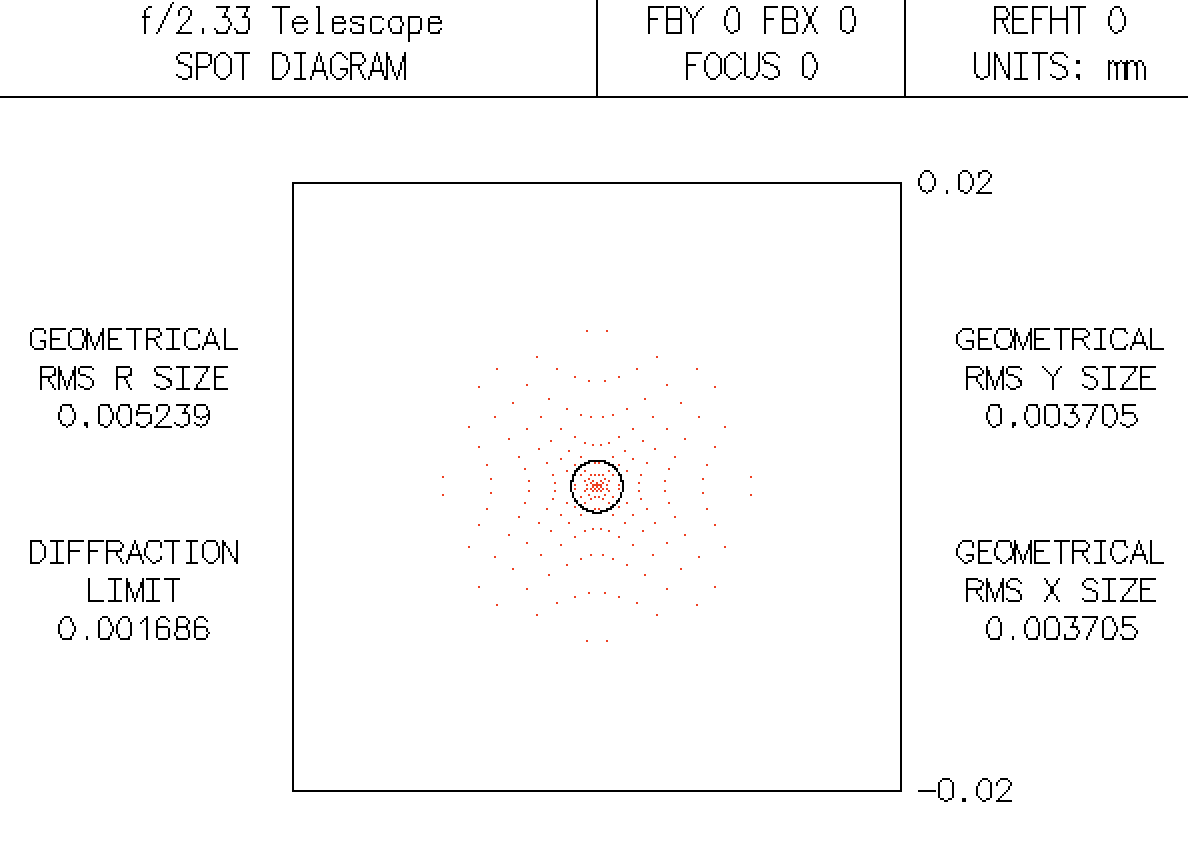
The resulting effect on the image depends on the number and curvature of the structs. These diffraction spikes are due to the arms/structs, or the spider, that supports the secondary mirror and can be referred to as diffraction spikes.ĭiffraction spikes are the Fourier transform of the support arms. The starburst effect when viewing with the eye is due to the atmospheric effects, but the spikes remain when imaged even though adaptive optics corrects for such atmospheric effects. We know that stars are (roughly) spherical, yet they sometimes appear imaged with pointed geometries. So, the mirrors are large, can be deformed, cooled, and the resulting image adjusted. The mirror(s) can be bent and cooled to compensate for whatever may be causing distortion, be it gravity, mechanical effects, temperature, wind, etc. Active optics optimizes the primary (and/or secondary) mirror shape dependent upon environmental factors. Now, both are implemented to improve image quality. Courtesy of Kayla FilipekĪbout the same time adaptive optics was beginning to be practically used, so was active optics. Here, one of the primary mirrors is shown in the center and the secondary mirror is the dark object being supported in the top of the image, left of center. The secondary mirrors of the Large Binocular Telescope (LBT) on Mt. Among other things, namely focusing and directing the light, the secondary mirror assists with wavefront correction for better results when using adaptive optics. Adaptive optics compensates for these atmospheric effects on the wavefront that make it difficult for reflective telescopes to reach a purely diffraction limited system. In practice, larger mirror telescopes (~4 m diameter) tend to have the same image sharpness as those with small mirrors (~20-40 cm) due to the atmospheric effects. However, creating such massive, perfect mirrors is no small feat. In the case of reflecting telescopes, that means increasing the mirror size. Other measures taken to obtain brighter and theoretically better resolution images include making a larger numerical aperture. One of the measures taken to obtain better image quality is to house the telescope at a high altitude to avoid much of the local weather. Imaging Improvement Techniquesīefore diving into diffraction spikes, it must be recognized that imaging stars/planets/objects with telescopes at such distances and through layers of atmosphere can be tricky.


Namely, diffraction spikes can cause images of stars to be less than fully representative of the star itself. With all these advancements one problem still remains in optical telescopes. Along the way a number of telescoping imaging techniques were developed and perfected. Over time this curiosity evolved into an entire scientific field of study. Their allure across the ages has resulted in them being imaged using telescopes for quite some time. Stars retain a level of mystique regardless of wisdom or creed despite knowing they are simply balls of gas. They have biblical, cultural, and scientific meaning.

Maybe someone knows more though?įourier optics is the bit of physics that covers all the near-field/far-field information loss if you want to look in more detail.Stars. The only ways I'm aware of for getting around the diffraction limit in the far-field is to pre-arm yourself with more information - either by cleverly structuring the light you use to take the picture, or to modify surface you're looking at with fluorescing dyes, neither of which are possible with a telescope. This is also the reason that superlenses built with metamaterials won't work with telescopes - they work by amplifying the near-field. This means that they can never gain information beyond the diffraction limit - they are fundamentally incapable of retrieving the lost information. The various forms of SNOM are probably the most obvious examples of this.Īs telescopes can never get close to what they're looking at, the near-field will always be unavailable to them - in other words, they will only ever be using the far-field. Near-field microscopes beat the diffraction limit by converting the near-field into propagating light - into the far-field - where it can be detected and measured. arbitrarily high resolution) but it decays away exponentially (like light in the cladding of an optical fibre or the wavefunction in the wall of a quantum well). The near-field contains information at all spatial frequencies (i.e. For visible light, this only exists within a couple of nanometres of the surface. Longer answer - The way that microscopes get around the diffraction limit is by getting really close to what they're looking at, or into the near-field of the object. Short answer - no, it wouldn't be possible to beat the diffraction limit with a telescope.


 0 kommentar(er)
0 kommentar(er)
